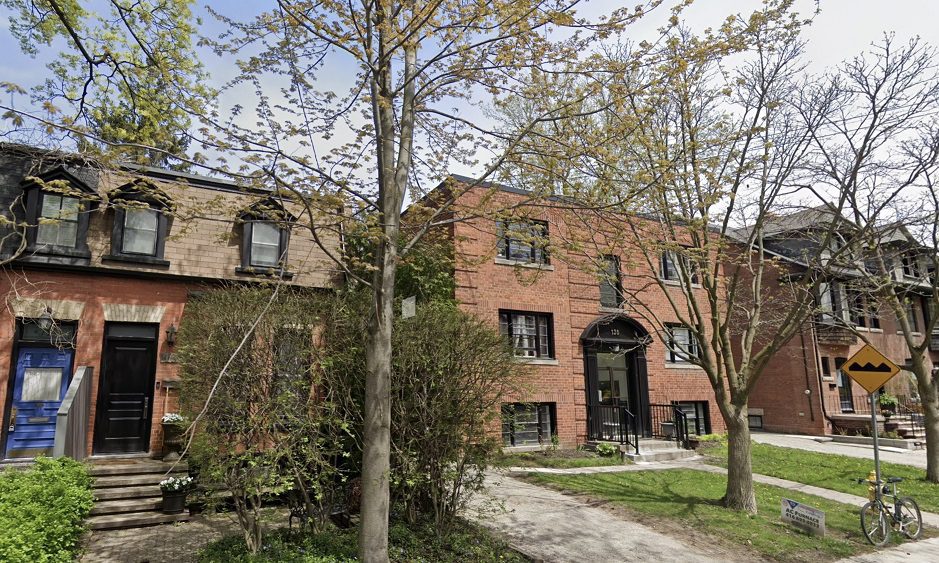Toronto | Traditional territories of the Huron-Wendat, the Anishnaabeg, Haudenosaunee, Chippewas and the Mississaugas of the Credit First Nation – While the world is talking about “building back better” from the COVID-19 pandemic, Ontario seems committed to building more highways and sprawling car-dependent communities, and creating a lot more pollution.
The fall economic statement commits $ 2.6 billion for highways and bridges, and specifically mentions the Bradford Bypass and Highway 413, though the full costs of these projects have still not been made public. It looks as though the government is trying to downplay those costs. The Toronto Board of Trade estimates that the Bradford Bypass will cost $1.5 billion, and estimates for the cost of Highway 413 are between $6 and $10 billion.
We still have no information as to whether these projects will be toll roads. It’s also widely known that these highways will reward sprawl developers and land speculators in the proximity of the routes.
Ontarians should be asking why the government is so committed to these projects that it feels comfortable proceeding with bridge work for the Bradford Bypass before even updating the environmental assessment from 1997, and Highway 413, which is now undergoing a federal environmental assessment, because the federal government recognized that the provincial assessment was lacking.
Contrary to the government’s claims, an independent panel of experts estimated that Highway 413 would save commuters a mere 30-60 seconds. Previous governments concluded that the costs of these highways – including hundreds of acres of the Greenbelt destroyed, endangered species habitat impacted, provincially significant wetlands in jeopardy – couldn’t be justified given the meagre benefits the highways would deliver. We hope that the current Ontario government comes around to see this perspective as well.
We also want to note the government’s commitment to creating an affordable housing task force. The task force must include representatives from the planning community and environmental communities, and not be stacked with developers making the same old arguments about the need for more sprawl. There is more than enough room to accommodate growth and affordable housing in the areas currently slated for development. The task force can’t be a ploy to declare open season on the remaining whitebelt lands or “contested countryside”– the agricultural land and greenspace that sits between the current urban boundaries of the GTHA and the Greenbelt.
About ENVIRONMENTAL DEFENCE (environmentaldefence.ca): Environmental Defence is a leading Canadian environmental advocacy organization that works with government, industry and individuals to defend clean water, a safe climate and healthy communities.
-30-
For more information and to arrange an interview please contact: Allen Braude, Environmental Defence, abraude@environmentaldefence.ca





